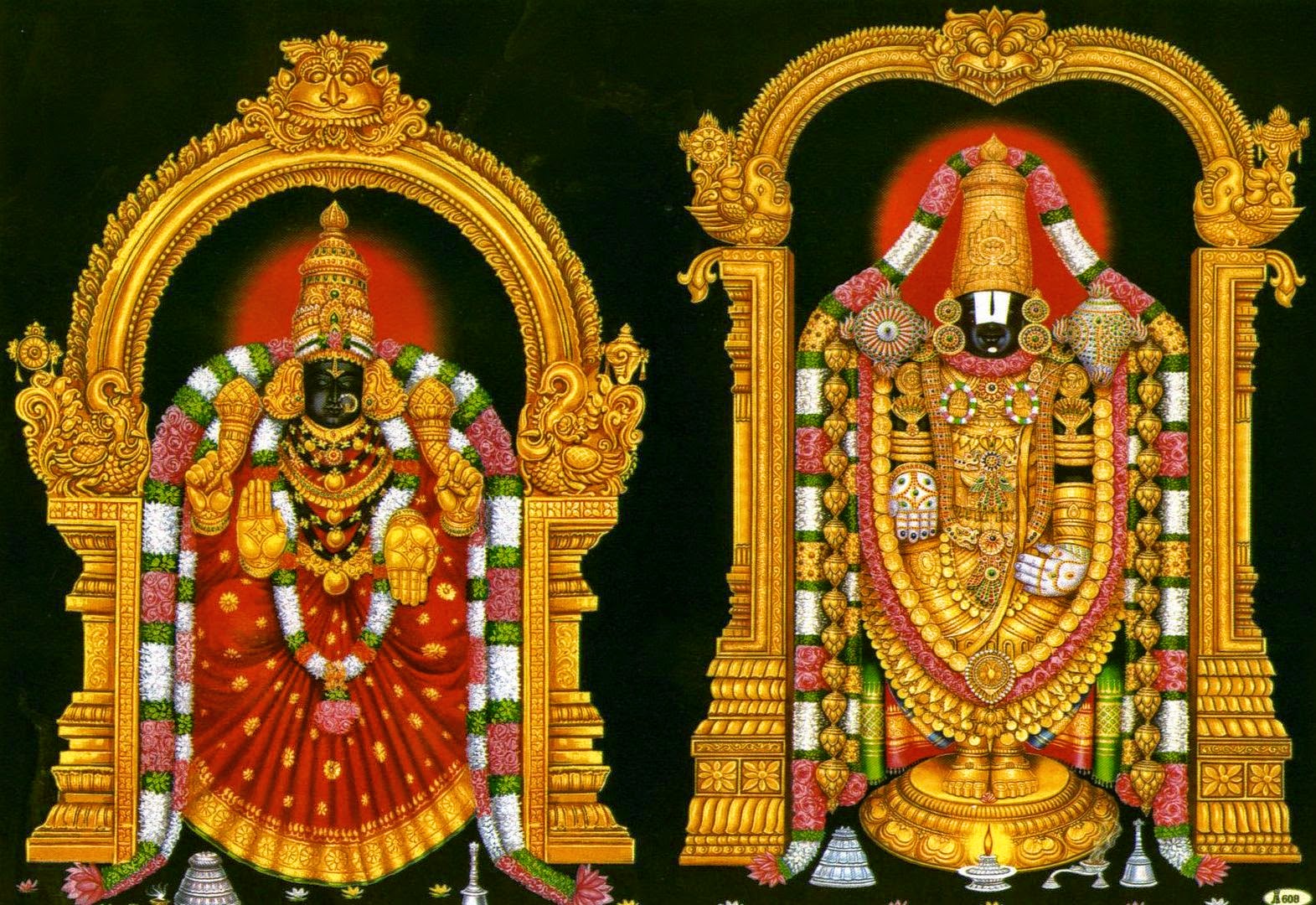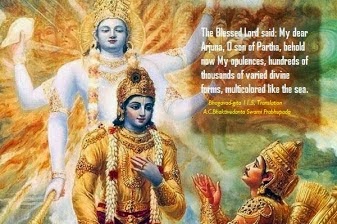The Relevance of the Bhagavadgita to Humanity 8-1: Swami Krishnananda.
Chinmaya Mission:
Sunday 22, September, 2024, 06:20.
The Relevance of the Bhagavadgita to Humanity :
Chapter 7: Can War Ever be Justified? - 7.
The First Six Chapters of the Bhagavadgita:
Swami Krishnananda
(Spoken on Bhagavadgita Jayanti
Chapter 8: The Realism and Idealism of the Bhagavadgita-1.
=========================================================================================
Chapter 8: The Realism and Idealism of the Bhagavadgita-1.
In our understanding of the message of the Bhagavadgita, we may have to move stage by stage, keeping in view the development of thought in a systematic manner which characterises the different chapters of the text. We may say, using a modern philosophical expression, that the Bhagavadgita is both idealistic and realistic. It is uncompromisingly idealistic in the sense that it holds an ultimately valid transcendent principle to be the final deciding factor in all matters, in everything in this creation.
There is a final valid deciding factor which is cosmically relevant and harmonious, appropriately juxtaposed with every event in the universe, and existing as the very root of any meaning that we can read in anything, anywhere. In this sense, it is supremely idealistic because it holds an ideal which transcends phenomena available to the senses, and even to the mind and the intellect. But it is very realistic also, as we shall see when we proceed along the different levels of its teaching. It ignores no aspect of the manifestation of reality.
Realism is that principle of acceptance of the validity of the presence of reality in anything, whatever be the measure of its expression in any given level. In everything there is a presence of something we call real. Everything is characterised by something which we call reality. Things are not unreal. We seem to feel that things are real, but they are real in some degree, in some measure, in some proportion, and in some condition. There seem to be degrees in the expression of the reality of things and events in the world. All things that we consider as real in any sense are to that extent real, no doubt, but they are not all equally real.
There is a gradation of values dependent on the measure or the percentage of the expression of reality. Something is more real, something is less real, notwithstanding the fact that that even the less real is real. Merely because of the fact that the lesser reality is below the level of the higher reality, it does not follow that the lesser reality can brook any kind of non-recognition of its existence. It cannot be ignored in any way, because it is a reality. Though it is only a finger of reality, not the brain, not the heart, not the whole body, it is, nevertheless, a part of reality. It says, “I am also here.” To the extent it is there, it demands recognition.
This is the realism of the Bhagavadgita – intensely practical, very matter-of-fact, considering every issue from its own point of view. This is very important for us to remember: Every issue has to be understood from its point of view, not necessarily from my point of view or somebody else's point of view. The granting of a value to a thing from its point of view is the greatest generosity and cultured behaviour we can think of. I must respect you from your point of view, and not from my own idea about you.
That would be an uncharitable attitude on my part. I must know what kind of person you are, at least from your own point of view, and I should be good enough, charitable enough, kind enough and sensitive enough to recognise the fact of your holding some opinion about yourself.
This is wisdom which includes the idealism and the realism of the matter, and Bhagavan Sri Krishna, the spokesman of the Bhagavadgita, is a grand culmination of the blend of perfect realism and idealism. It is a wonder, really, to visualise that personality in which we have a synthesis of everything grand, perfect, majestic, beautiful, ideal, and yet very real to the core from the point of view of any level of the expression of reality at any given moment of time.
You will find, when you cast a glance over the verses of the Bhagavadgita, that it ranges from the most immediate of facts to the most ultimate of ideals. It does not begin with a lofty ideal; it follows a proper educational psychology, the method adopted by a good teacher in a school. The intelligible things are told first, and unintelligible things afterwards. Though the unintelligible things may be greater realities and of more consequence, they are not to be told when they are unintelligible.
You should not speak about a step that is not visible to the eyes. We have to confine ourselves to the step that is before our eyes. When we are clear about the step that is before our eyes and place our foot on it, we will automatically see the step that is ahead, which was earlier not visible and unintelligible. So the unintelligible becomes intelligible when a logical method is adopted in the understanding of the values of life.
Continued















Comments